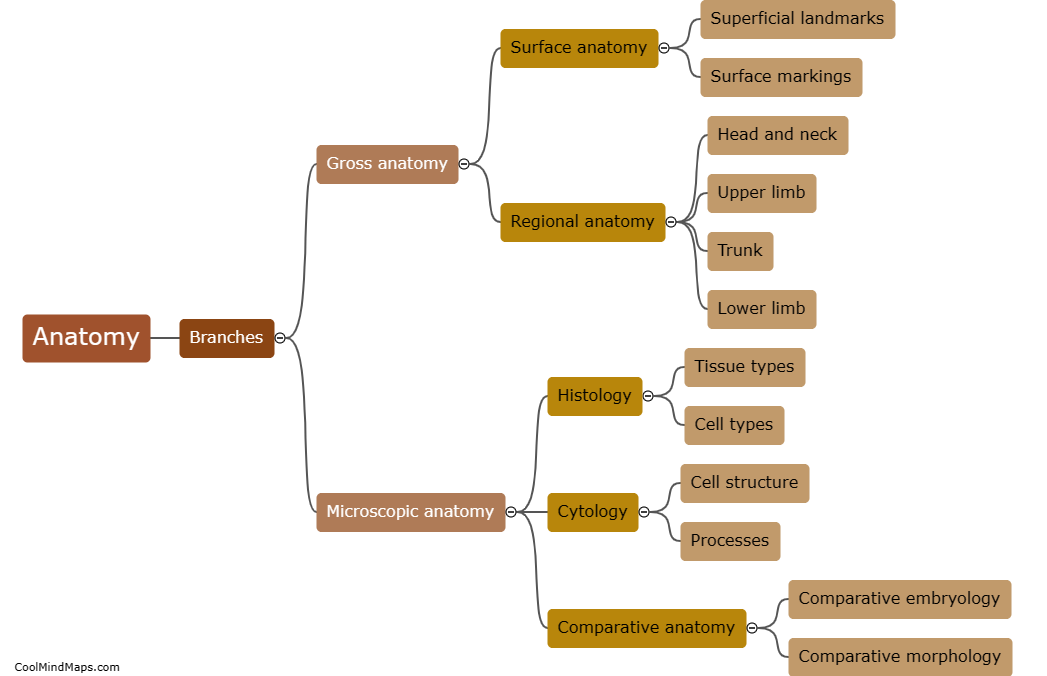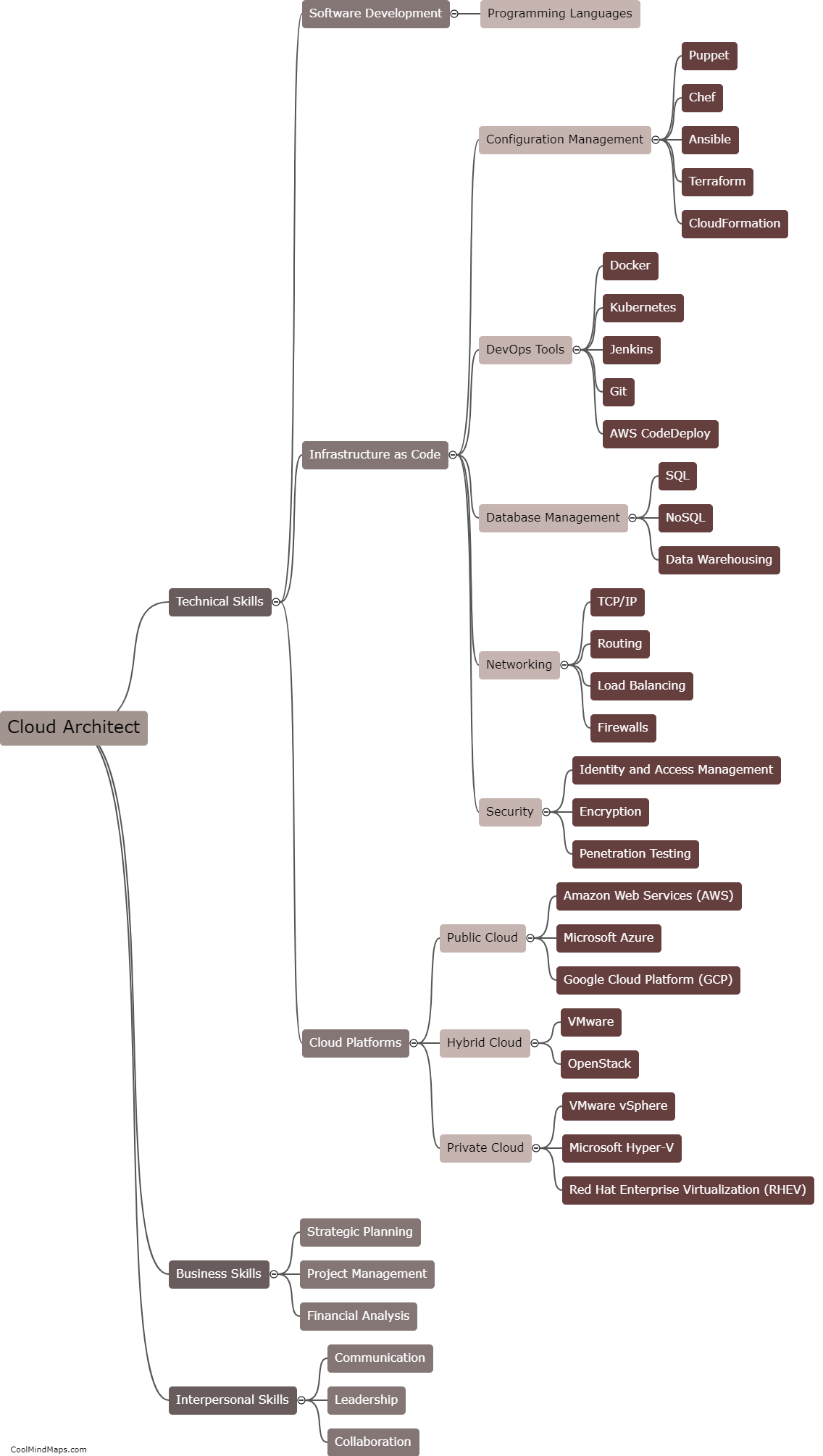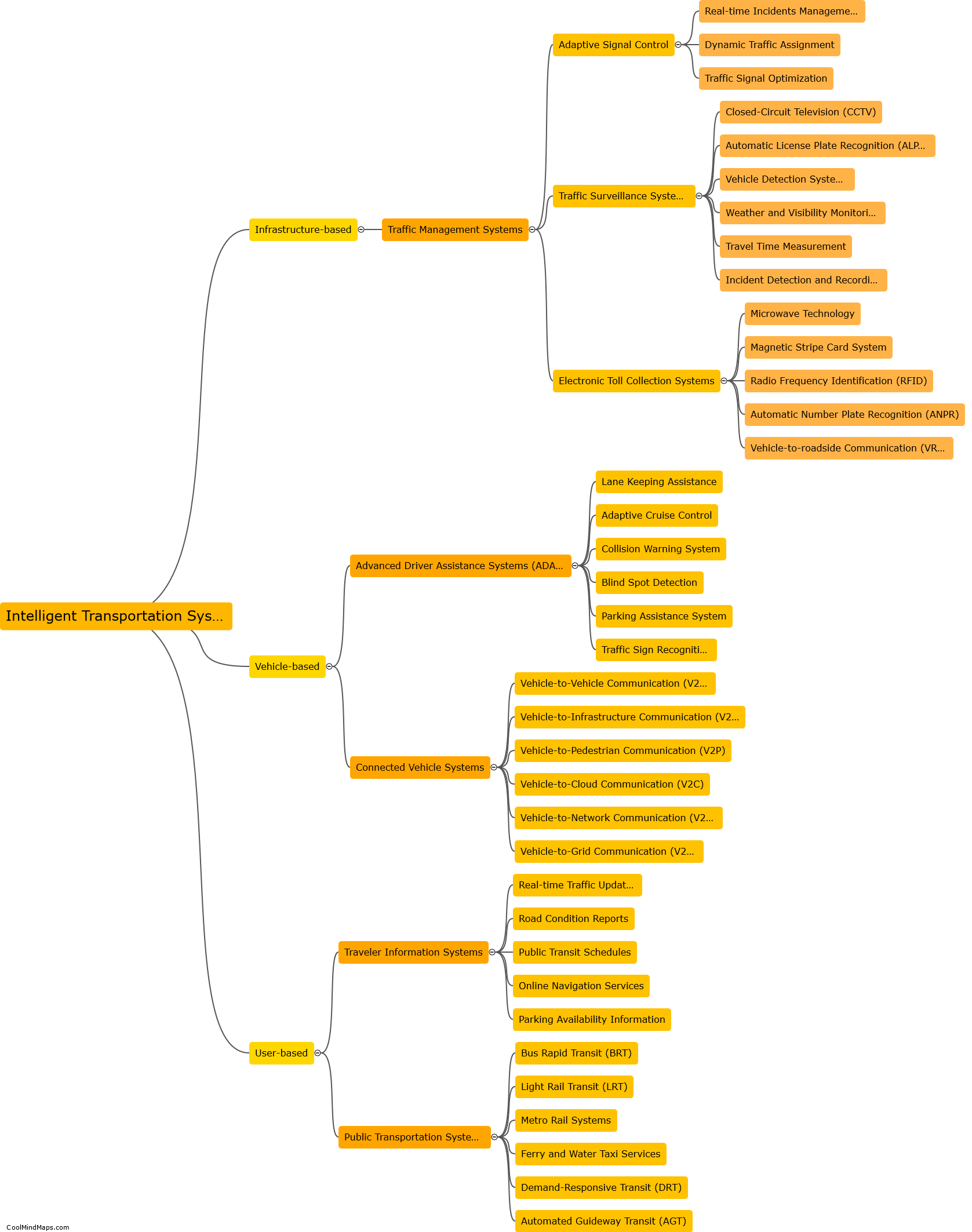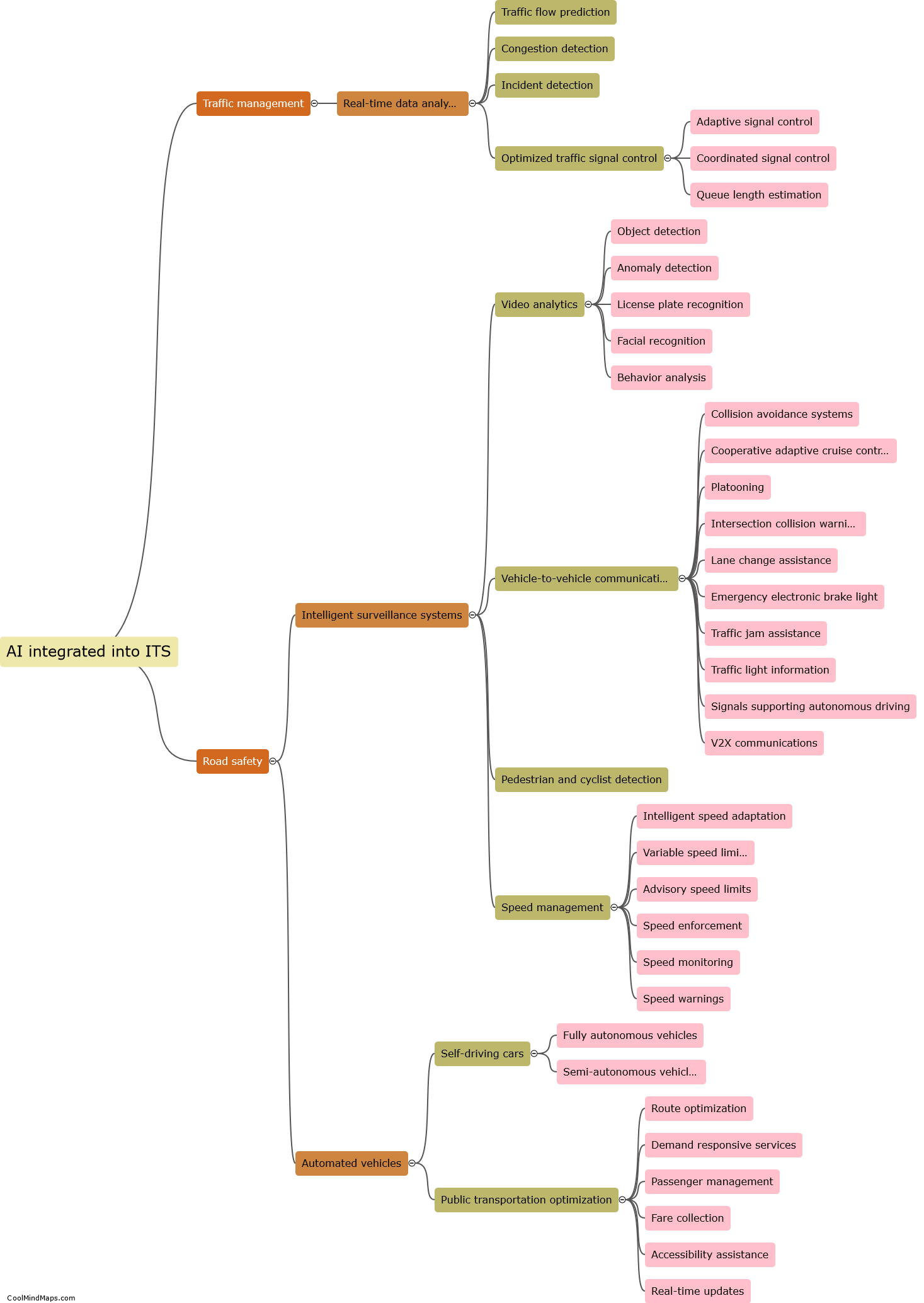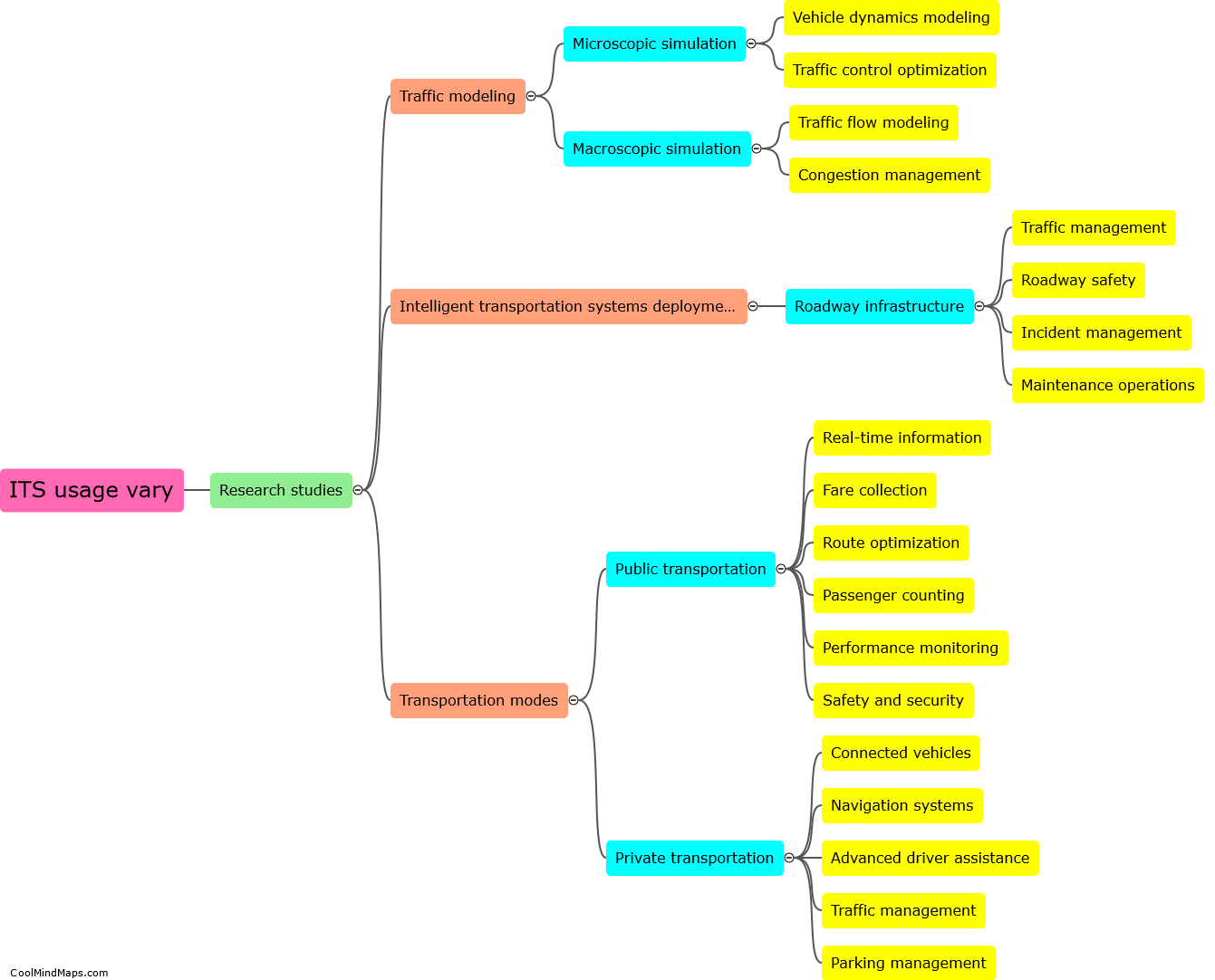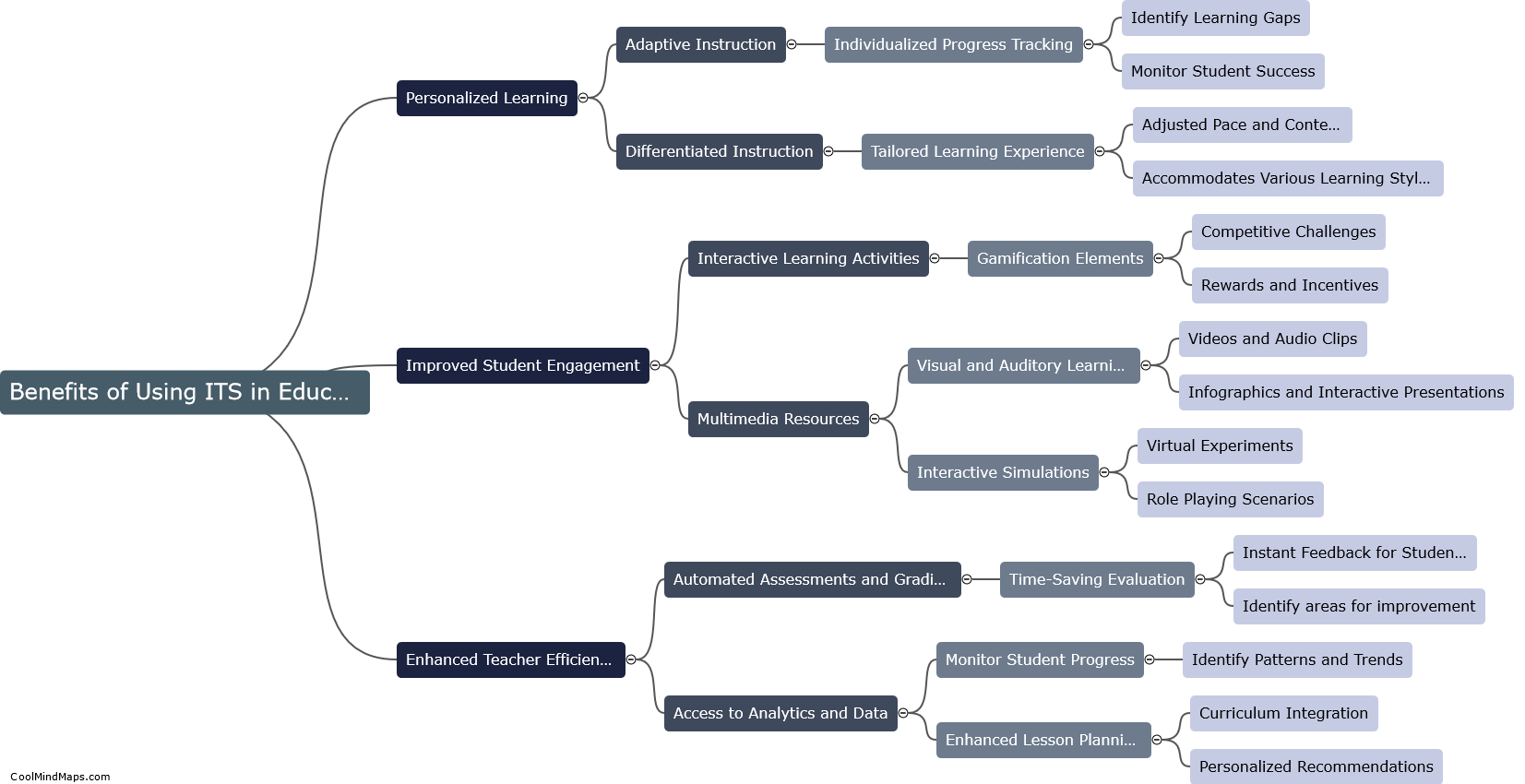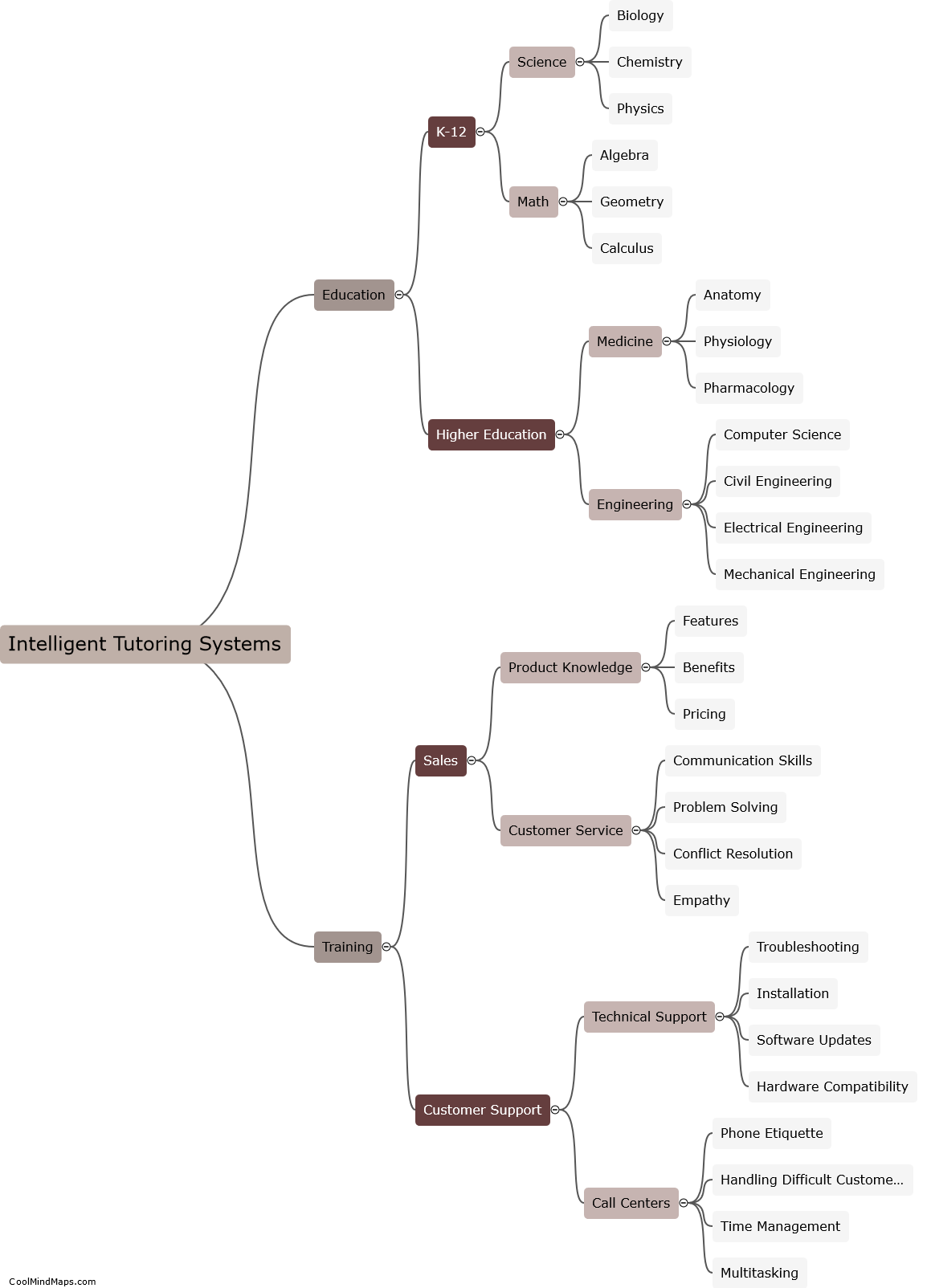What are the different types of intelligent tutoring systems?
Intelligent tutoring systems (ITS) vary in terms of their design and functionality, catering to different learning needs and domains. One type is the model-tracing tutor that uses cognitive models to identify student errors and provide targeted feedback. These tutors are effective for complex problem-solving tasks. Another type is the constraint-based tutor that provides personalized instruction based on individual learner profiles and adapts to their specific learning needs. Simulation-based tutors use virtual environments to engage students in hands-on learning experiences, with real-time feedback and guidance. There are also dialog-based tutors that engage in interactive conversations with learners, posing questions and providing explanations. Furthermore, there are mixed-initiative tutors that alternate between guiding students and giving them control over their learning experiences. Each type of intelligent tutoring system offers unique benefits and can be customized to best support individual learner needs.

This mind map was published on 29 November 2023 and has been viewed 136 times.

